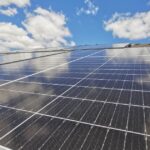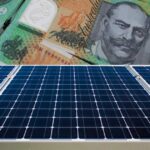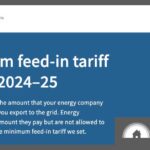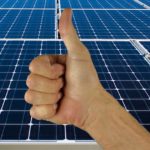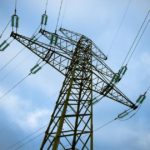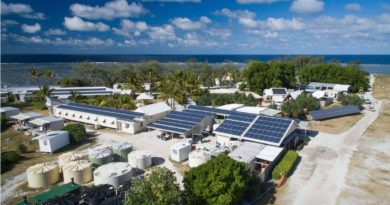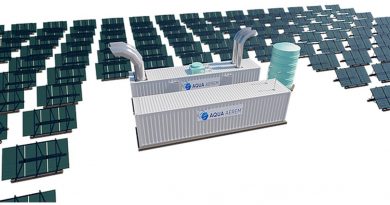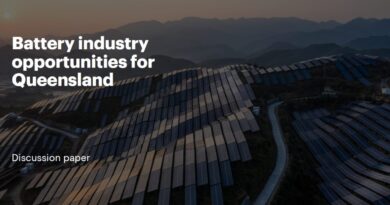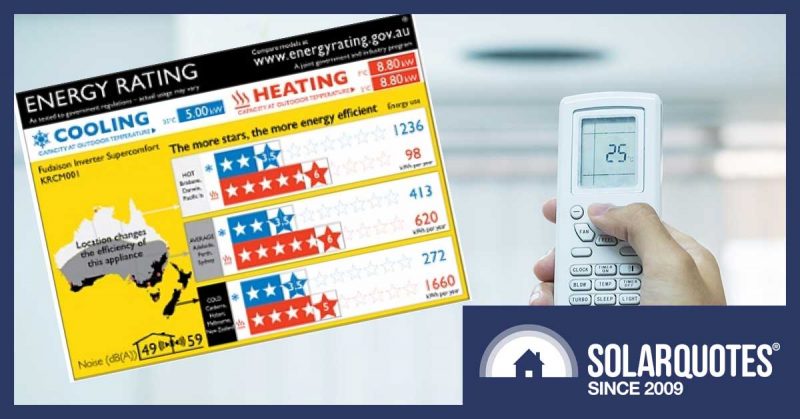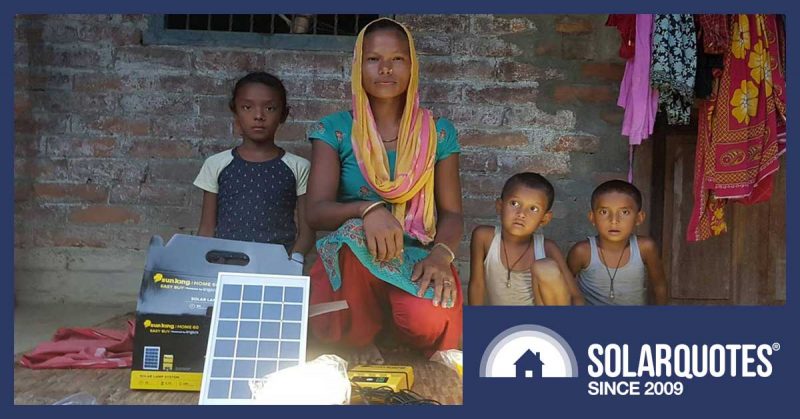Victoria’s Solar Feed-In Tariff Review
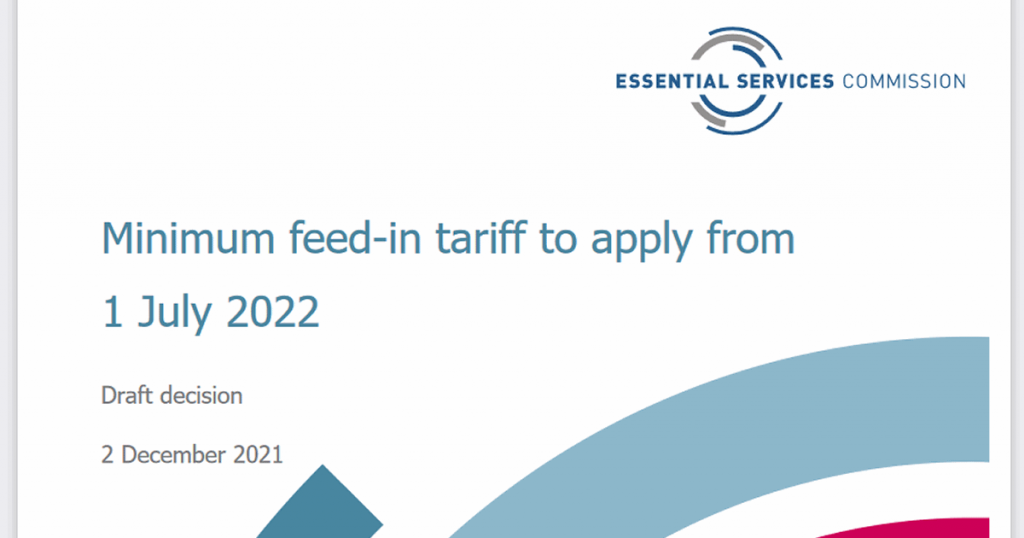

Victoria’s Essential Services Commission is reviewing the minimum solar feed-in tariff payable to system owners for the solar energy they export to the grid – and has released its draft decision.
The ESC has decided on a (draft) minimum flat feed-in tariff of 5.2 cents per kilowatt hour from July 2022 – which is 22 per cent lower than the current minimum VIC feed-in tariff rate of 6.7 cents per kilowatt hour.
Electricity retailers in Victoria can offer solar customers the minimum flat feed-in tariff and/or time-varying feed-in tariffs. For time-varying rates, the draft decision is:
- Overnight – Weekdays: 10pm-7am | Weekends: 10pm-7am: 7.1c (won’t be much solar power generation going on then!)
- Day – Weekdays: 7am-3pm, 9pm-10pm | Weekends: 7am-10pm: 5.0c
- Early Evening – Weekdays: 3pm-9pm | Weekends: n/a – 6.9c
“The main driver of the lower minimum feed-in tariffs is lower forecast wholesale electricity prices during daylight hours for 2022-23,” says the Commission.
… and that is thanks in part to rooftop solar’s incredible success – it’s helping to push wholesale electricity prices down.
The Rates Are *Minimum*
Getting less for your exported solar energy sucks, but it’s important to note before storming the Essential Services Commission building that even if these rates become final, they are the minimum electricity retailers can offer.
As mentioned, the minimum flat feed in tariff rate is 6.7c currently – but looking at the SolarQuotes electricity plan comparison tool, some retailers are offering 10c or more in Melbourne.
It really pays to shop around, but bear in mind the best electricity plan for solar owners isn’t always the one with the highest FiT rate as other aspects such as supply and daily charge rates should be considered. That’s where the SQ tool is really handy as it shows which energy retailers are likely to provide the cheapest overall bills over 12 months for a typical solar power system owner in a given postcode.
Savvy Solar Owners Maximise Self-Consumption
As the Commission’s pricing director Marcus Crudden points out:
“The real and enduring value of renewable generation and storage is in not having to pay retail electricity charges for the electricity you use.”
Here’s an example using the tool, based on one of the plans currently available only offering the current minimum FiT of 6.7c.
- 6.6kW system in Melbourne
- 20% self-consumption ratio
- 15.19c usage rate
- 81.40c daily charge
- 6.7c feed-in tariff (the minimum allowed)
- 15kWh total energy use per day (solar + grid)
In this scenario, an annual bill would be around $328. Boost the self-consumption to 30% and the bill is down to $248 over 12 months. Boost to 40% and it’s down to $167.
A bit of thought on how and when energy is used can pay dividends.
The easiest way to significantly boost self-consumption is to operate appliances – particularly energy-hungry ones – during the day. It doesn’t need to be a hassle, just a (good) habit to get into. This is where timer devices – a feature of many appliances today – can be helpful, and timer switches are pretty cheap if an in-built timer isn’t available.
If you’re yet to install solar panels and a low feed-in tariff is concerning you – don’t let it. Good quality solar will remain a solid investment, and Victoria’s solar panel rebate (which is in addition to the national subsidy) makes it even better.
Have Your Say
The Essential Services Commission is seeking feedback on its draft decision, which should be submitted by 5pm on 10 January 2022. You can download the draft decision here.
Original Source: https://www.solarquotes.com.au/blog/vic-solar-tariff-2022-mb2260/



